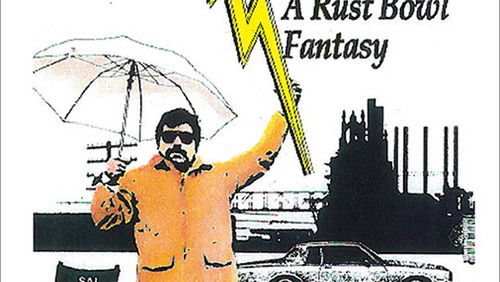To Be Takei (2014)
55KTo Be Takei: Directed by Jennifer M. Kroot. With George Takei, Brad Takei, Walter Koenig, William Shatner. A look at the many roles played by eclectic actor/activist George Takei, whose wit, humor and grace have helped him to become an internationally beloved figure and Internet phenomenon with 7-million Facebook fans and counting.
“u0026quot;To Be Takeiu0026quot; is a documentary about the life of George Takei of Star Trek fame. It primarily focuses on his life today as well as his childhood in a Japanese internment camp during WWII. For me, it offered only few surprises because I already knew quite a bit about Mr. Takei, as the actor has been very public in recent years. His Twitter feeds and comedy clips online are legendary and with a HUGE following numbering in many millions. However, despite me already knowing that heu0026#39;s gay and married his partner back in 2008, the film did reveal some interesting information about the man. However, despite a few revelations, the best part is simply to listen to the man talk about his life…and laugh. Yes, Takei is a chronic laugher and even when he talked about subjects he didnu0026#39;t like (such as every time William Shatner was mentioned), his smile and laughter was omnipresent–and itu0026#39;s hard not to like someone who laughs this heartily and this often.u003cbr/u003eu003cbr/u003eThe documentary consists of Takei, and sometimes his husband, Brad, talking about their lives and going about their exhaustive routine of film, convention, radio and public service appearances. However, it did not have a narrator–something I really liked in this film. So, instead of listening to a narrator explaining or interpreting, the film just lets him talk…like you are listening to him as he talks about whatever comes to mind or whatever piques his interest. Additionally, there are many television and movie clips as well as photos–which all help tell his story. The main themes are alienation and human rights. This begins with Takeiu0026#39;s discussion of how his and other families were denied their basic freedom when Japanese-Americans on the West Coast were forced into internment camps during WWII (FYI–this did NOT happen to German-Americans despite the US also being at war with the Nazis). And, over the course of the film, it segues into his discussing his homosexuality and gay marriage. In particular, Takeiu0026#39;s decision to come out about his orientation as well as discussing his life with his partner–and the film does a good job humanizing homosexual marriage and puts a face on it–making it more than just a concept. The films ends with a discussion of Takeiu0026#39;s renaissance–his new career in the busy latter years of his life as a cultural icon–as well as his coming to terms with his internment years. All in all, the ending presents an interesting and unexpected turn of events to say the least over the last decade or so of his life.u003cbr/u003eu003cbr/u003eu0026quot;To Be Takeiu0026quot; is a nice, gentle picture where you tag along with Takei and learn from him and his years of experience. Most of it is very uplifting and enjoyable–though as I mentioned above, there isnu0026#39;t a lot of nice stuff in the film about William Shatner and I am sure the guy wonu0026#39;t be buying a ticket to see this film himself! However, there are also interesting interviews with surviving cast members (including Shatner, Leonard Nimoy, Nichelle Nichols and Walter Koenig without his toupee, as he apparently is NOT self-conscious about his baldness), footage of Takei greeting Star Trek fans and signing autographs at a convention as well as a few interviews with his friends. The sum total of all this is enjoyable and easy to watch–just like listening to an old friend reminisce.”









